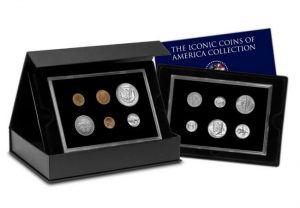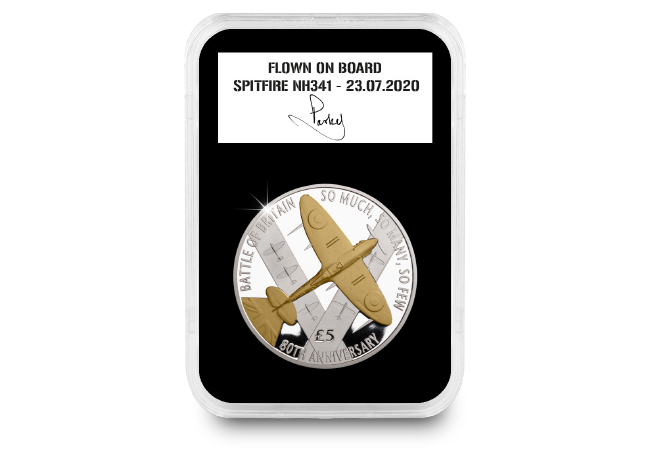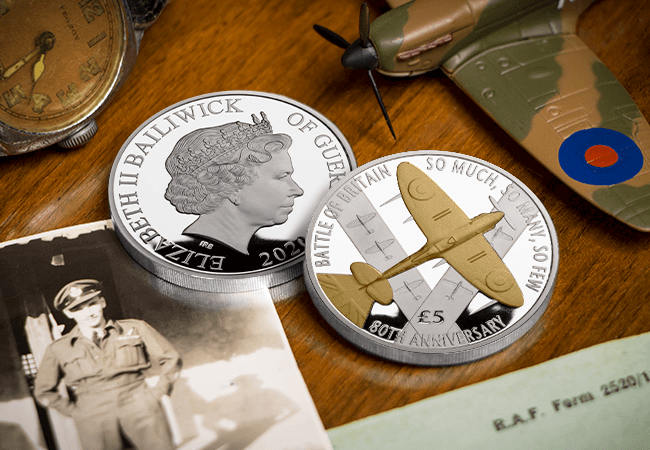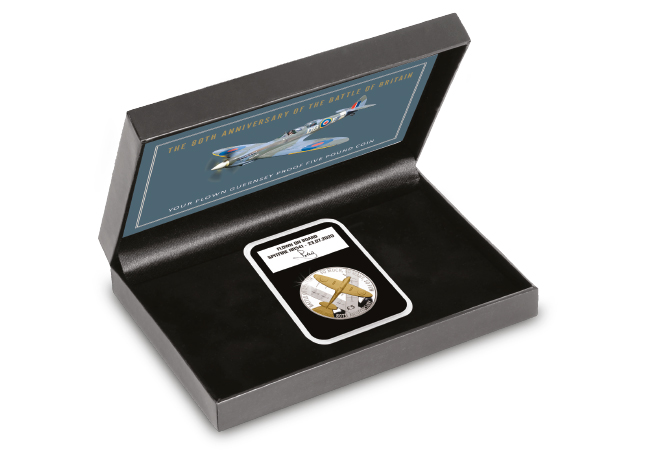Blog Home
Five things you need to know about the world’s most expensive coin…
You might have heard in the news recently that the world’s most expensive coin is due to be sold at auction next month.
The 1794 Flowing Hair Dollar is believed to be the first silver dollar to be struck by the US Mint. It was last for sale in 2013 and was auctioned for just over $10 Million Dollars, making it the most expensive coin in the world.
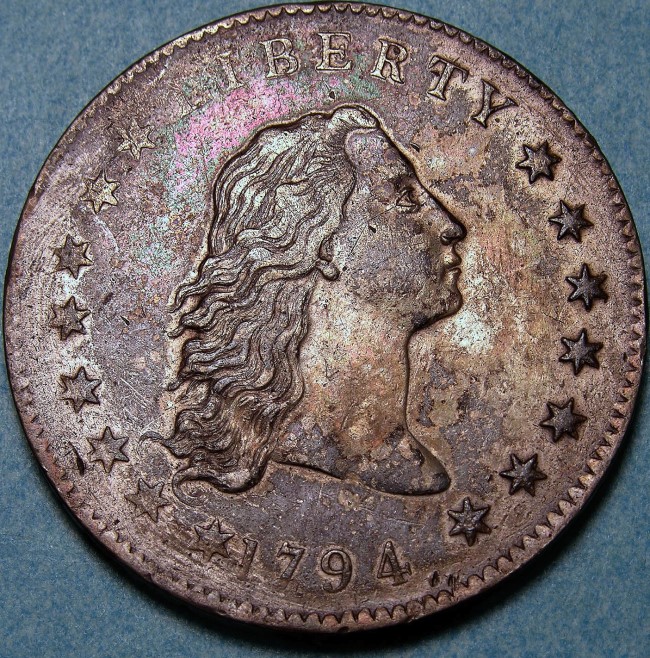
The First US Dollar
In 1792, the US Congress issued an act stating that the Dollar was to be the cornerstone of US coinage. It was to be based on the Spanish Silver Dollar which was already widely used throughout the Americas. The act also stated that coins should include a symbol of Lady Liberty as well as an eagle – two icons that remain today on many US coins.
Where the nickname came from
The coin was designed by Robert Scot, who was Chief Engraver at the US Mint. His take on the bust of Liberty is what gave rise to the nickname of the coin with its detailed hair ‘flowing’ from the head of Lady Liberty. There are also fifteen stars on the coin, to represent each of the 15 states that had ratified the Constitution.
Was it just a PR stunt?
It’s thought that because the US was still struggling from the impact of the War of Independence it didn’t have access to much silver and other precious metals. Historians have argued that the introduction of a silver dollar was a way to showcase the power and capability of the US.
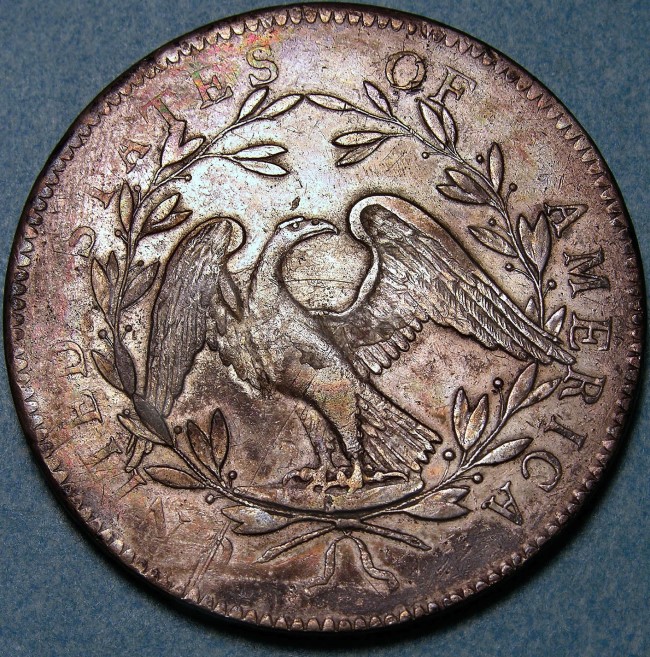
Very few of the 1794 Dollars were issued but they weren’t released into general circulation. They were mostly given to international VIPs or important congressmen, further adding fuel to the rumours that the Dollar was originally issued as part of a PR stunt.
Struck on just one day in October
Only 1,758 of these coins were struck, and according to the National Museum of American History, they were all minted on the same day. It’s thought that of this tiny number, less than 150 still survive today. Many would have been hidden forever, or melted down for their precious metal content, adding to the coin’s collectability.
It’s given rise to one of the most competitive collecting markets worldwide…
Eight of the top ten most expensive coins are US coins and the market is one of the most competitive around the world. Whether it’s the Coin of the Cowboys, the Mercury Dime, or even the first Half Dollar to feature a non-president, US coins have some of the most collectable stories attached to them. It’s hardly surprising that many collectors are looking to source American coins for their collection these days.
The Flowing Hair Dollar is due to be sold on October 8th 2020. How much do you think it will sell for this time? Let us know in the comments below!
If you’re interested…
Today you can own the TWELVE coin collection of America’s most fascinating and collectable coin issues with the Infamous US coins set. But you’ll have to hurry – there are only 25 sets available!
The day we took 1,000 coins into the sky in an original WWII Spitfire…
Last month, I had a fantastic opportunity to get up close and personal to one of the world’s most famous aircraft – the Spitfire!
The iconic Supermarine Spitfire was critical in defeating Luftwaffe air attacks during the Battle of Britain in 1940, and so to mark the 80th anniversary this year, I knew we had to arrange something unique to produce a truly special collectable coin worthy of the historic anniversary.
So on the 23rd July I drove up to the historic Duxford Aerodrome to have 1,000 brand new Proof £5 coins flown in an original WWII Spitfire.

Now the purpose of my visit was to have 1,000 Official Battle of Britain £5 coins flown in an original WWII Spitfire, but I was also able to talk to RAF Flight Lieutenant Antony ‘Parky’ Parkinson in great detail about his time in the RAF and as an ex-Red Arrow ahead of the Battle of Britain anniversary. You can see Parky discussing his career and the Spitfire in the video below…
Before Parky took the ‘NH341’ Spitfire to the air, I helped him secure the 1,000 Battle of Britain Spitfire £5 coins into the wing bays which would have once held the fighter plane’s armaments while defending Britain in the skies 80 years ago. The space in the wing bays is extremely limited, hence the limited number of coins that were able to be taken to the sky.
Standing within a few feet as the famous Rolls Royce engine fired up, I watched in awe as the elegant, agile aircraft taxied along the runaway and gracefully took to the skies.
Although many 80th anniversary plans up and down the country have had to be cancelled, I am delighted to be able to give a limited number of collectors the opportunity to become the proud owner of the BRAND NEW Official Proof £5 coin that has been flown in an original WWII Spitfire plane. But that’s not all, as I was also able to arrange for them to be personally hand-signed by Parky.
The brand new Spitfire £5 coin is a fantastic commemoration of the famous plane and I am grateful that I had the opportunity to mark the 80th anniversary of the Battle of Britain with such a fitting tribute.
So I’m sure you can appreciate what a genuinely rare collectable these will instantly become and demand is expected to exceed availability. If you wish to secure one for your collection, you need to act quickly by clicking here.
Thank you to Flight Lieutenant Antony Parkinson MBE and the rest of the team at Aerolegends for helping to take the Spitfire £5 coins to the sky and for giving me the opportunity to see this famous warbird in the flesh.
If you’re interested, you’ll need to be quick as over 50% have already been reserved. You can secure the Official Battle of Britain Proof £5 coin now for JUST £35 by clicking here >>
And remember, not only will your official Battle of Britain £5 Proof coin have been flown in an original WWII Spitfire, it is also one of just 1,000 coins that have been personally signed by Lieutenant Antony Parkinson ‘Parky’, MBE.
The game is afoot – BRAND NEW Royal Mail Sherlock stamps announced
Royal Mail have just announced the release of BRAND NEW Sherlock stamps, to celebrate the 10th anniversary of the popular BBC TV Series.
The stamps will be officially released on 18th August 2020 and feature the most iconic and best-loved characters including Holmes, Watson, and Moriarty – whilst the exclusive ‘Mysteries of Sir Arthur Conan Doyle’ Miniature Sheet features four of the author’s favourite Sherlock Holmes stories.
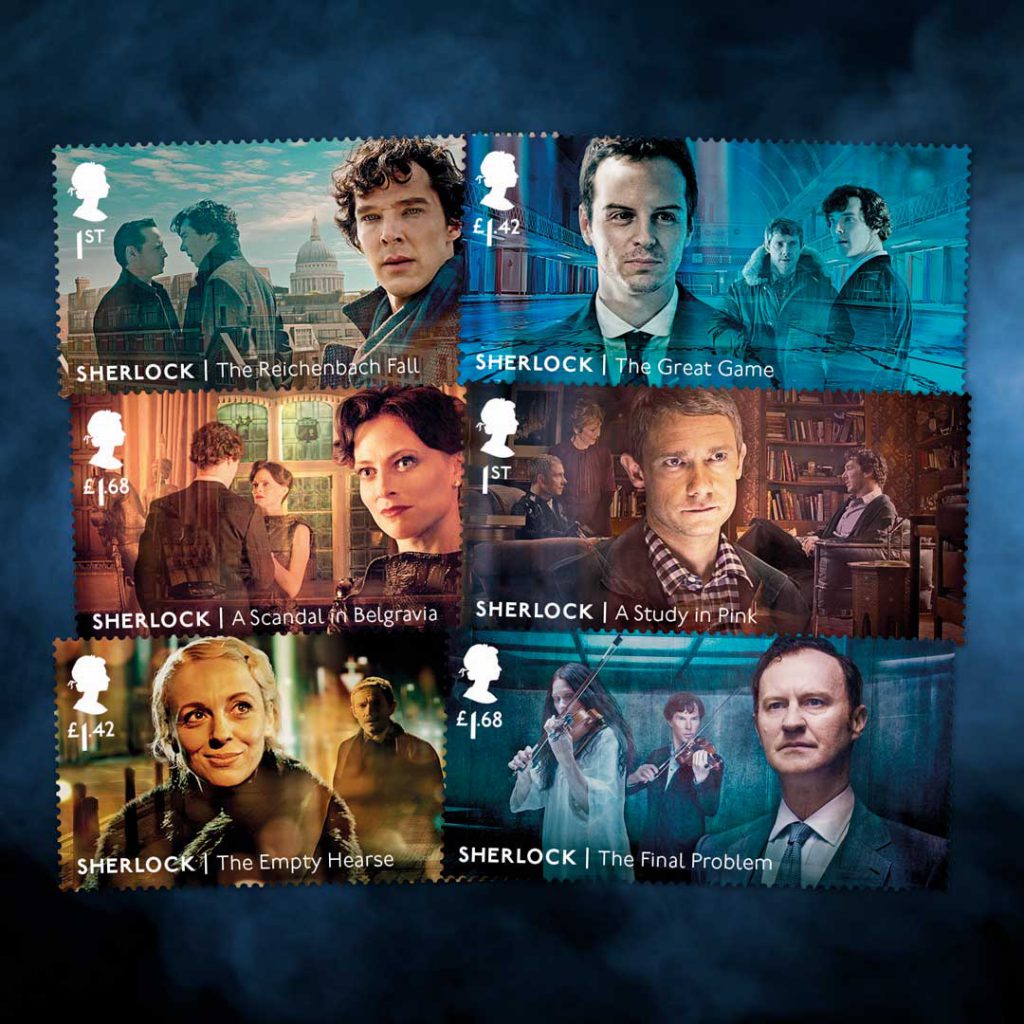
Here’s your guide to the most collectable versions of the new Sherlock stamps…
The UK 50p Coin Cover
This UK 50p Coin Cover perfectly combines the complete set of BRAND NEW Sherlock Stamps and Miniature Sheet with The Royal Mint’s UK Sherlock Holmes™ 50p Coin.
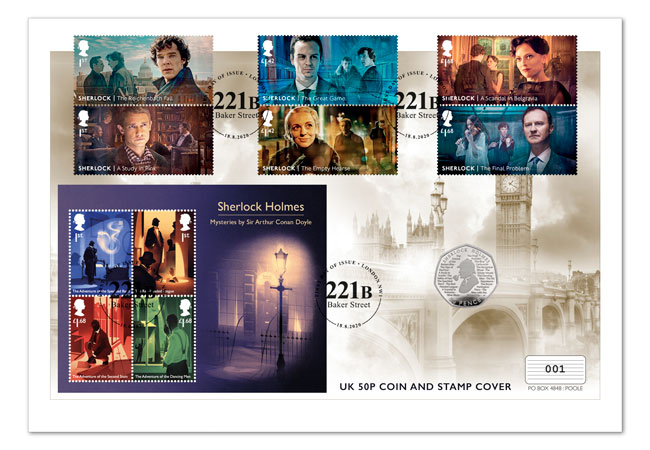
Significantly, JUST 1,000 Sherlock Holmes UK 50p Coin Covers are being released nationwide, making this one of the most limited ways to own these sought-after stamps and 50p coin.
The Framed Edition
The Framed Edition of the NEW Sherlock stamps features Royal Mail’s official Collector Sheet, and is one of just 2,995 that will ever be issued.
The Framed Edition includes all six new characters stamps, as well as ten EXCLUSIVE Philatelic Labels featuring iconic scenes from the show.
The Definitive Edition
What sets the Definitive Edition apart from all other issues, are the stamps. You see, this edition comprises EVERY official Royal Mail Sherlock stamp ever released, from the complete set of ten NEW Sherlock Stamps, to the extremely sought-after 1993 issue.
The Definitive Edition is strictly limited to JUST 495 and will come professionally mounted and framed, ready to display in your home or office.
The Ultimate Edition
What makes the Ultimate Edition ‘ultimate’ is the fact that is comprises BOTH official Royal Mail First Day Covers alongside the stamps’ official release notes – and has been professionally mounted and framed, ready for you display in your home or office.
A MUST-HAVE piece of memorabilia for any fan, the Ultimate Edition is strictly limited to JUST 495 sets worldwide…
If you’re interested…
You can own one of the special Sherlock Holmes Stamps Editions today, click here to view the full range.

